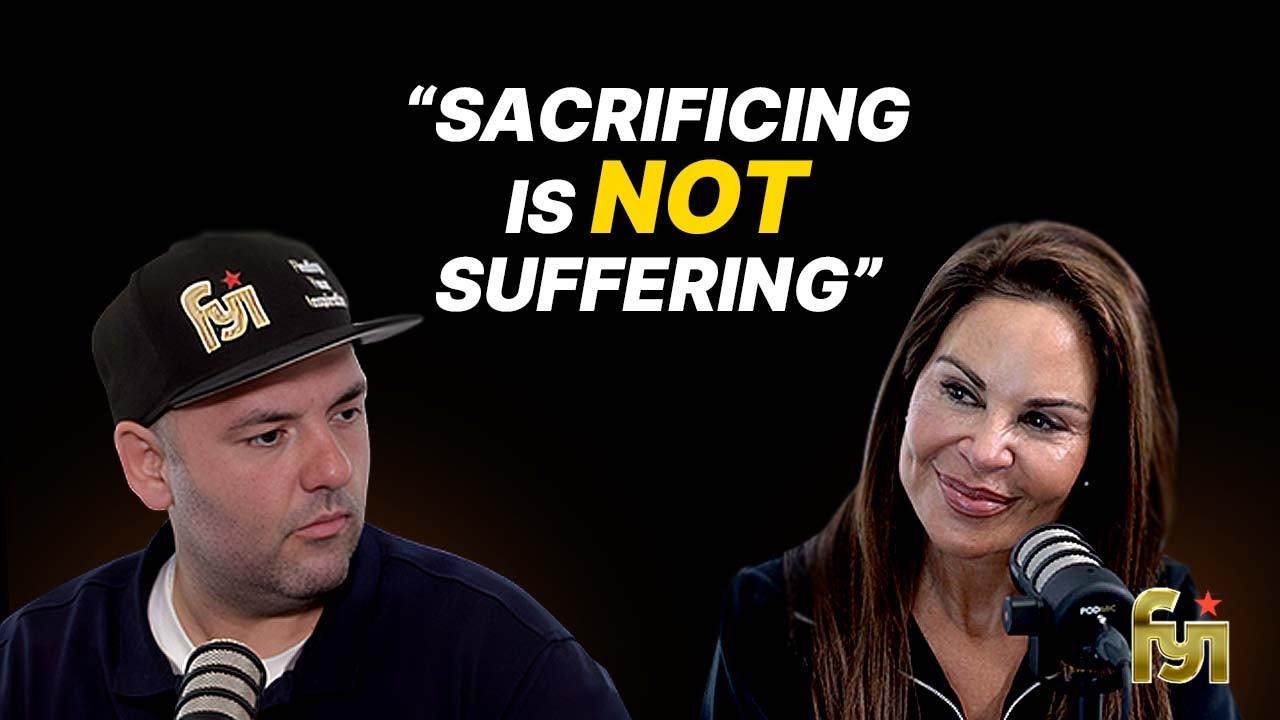As you navigate the complexities of your emotional journey, you may find yourself struggling to put into words the feelings and thoughts that weigh heavily on your mind. This is where art can become a powerful ally. By embracing your creativity, you can tap into the subconscious, giving voice to the emotions and experiences that have been difficult to express. As you begin to explore the therapeutic power of art, you’ll start to uncover the hidden patterns and emotions that have been holding you back. But what exactly happens when you combine creativity with emotional recovery, and how can it lead to a more authentic, fulfilling life?
Unlocking Emotional Expression
Healing Through Art: How Creativity Can Aid in Emotional Recovery
Unlocking Emotional Expression
As you delve into the world of art therapy, you’ll discover that creating allows you to tap into your subconscious, unlocking a deeper understanding of your emotional landscape.
This newfound awareness can be both empowering and intimidating, but it’s essential to acknowledge and explore your emotions to truly benefit from the therapeutic process.
Through art, you’ll find that you’re able to express feelings and thoughts that may be difficult to verbalize.
You might be surprised by the emotions that surface, but this is where the healing begins.
By giving your emotions a visual voice, you’ll start to identify patterns, gain insights, and develop a greater sense of self-awareness.
This increased understanding will enable you to better navigate your emotions, leading to a more authentic and fulfilling life.
As you continue to create, you’ll find that your emotional expression becomes more fluid, allowing you to confront and resolve deep-seated issues.
Processing Trauma Through Creativity
As you explore the connection between art and emotional expression, you’ll find that creativity can also be a powerful tool for processing trauma.
When you’re struggling to verbalize your emotions, art can provide an outlet for expression, allowing you to tap into your feelings and experiences.
Through creative mediums like drawing, painting, or writing, you can confront and process traumatic events in a safe and controlled environment.
This process can help you gain clarity, perspective, and closure, ultimately leading to emotional healing.
Finding Calm in the Chaos
Frequently, when you’re in the midst of turmoil, it’s easy to get caught up in the whirlwind of emotions and lose sight of your inner calm.
Your mind becomes a jumbled mess of thoughts, and your body responds with tension and anxiety. In these moments, it’s essential to find a way to quiet the storm and reconnect with your calm center.
Art can be a powerful tool in achieving this calm. By putting your emotions onto paper or canvas, you can begin to process and release them, allowing yourself to regain control over your thoughts and feelings.
The act of creating can be meditative, helping you to focus on the present moment and let go of worries about the past or future.
As you create, allow yourself to let go of perfection and simply focus on the process.
Don’t worry about the outcome – instead, focus on the calming sensation of the brush strokes, the feel of the clay between your fingers, or the sound of the pencil scratching against the paper.
In this way, you can find a sense of calm in the chaos, and begin to heal from the inside out.
Building Resilience With Art
Through the creative process, you can develop a sense of resilience that extends far beyond the confines of your art studio.
As you create, you’re not just expressing emotions, you’re also building coping skills and learning to navigate uncertainty. Art-making allows you to confront and process difficult emotions in a safe and controlled environment, which can help you develop emotional regulation skills.
This, in turn, can increase your ability to bounce back from adversity. By exploring different mediums and techniques, you’re also developing problem-solving skills, adaptability, and self-awareness – all essential components of resilience.
As you continue to create, you’ll find that your art becomes a reflection of your growing resilience, serving as a reminder of your capacity to overcome challenges. By integrating art into your healing journey, you’re not just creating art – you’re building a stronger, more resilient you.
Empowering Self-Discovery Through Art
You’ve discovered that art-making builds resilience, but did you know it can also be a powerful tool for self-discovery?
As you create, you’re not just expressing emotions, you’re uncovering them. Through art, you can tap into your subconscious, revealing hidden fears, desires, and motivations.
This introspection can be both uncomfortable and liberating, allowing you to confront and overcome emotional roadblocks.
As you explore different mediums and techniques, you’ll find that art-making forces you to slow down and tune into your thoughts entrepreneurship feelings.
This mindfulness can lead to a deeper understanding of yourself, helping you identify patterns and habits that may be holding you back.
By acknowledging and working through these insights, you can break free from self-limiting beliefs and develop a more compassionate, authentic relationship with yourself.
Through art, you’re not just creating something new – you’re becoming someone new.
Conclusion
As you continue on your journey of healing through art, remember that creativity is a powerful tool to unlock your emotional expression. Through art-making, you’ve tapped into your subconscious, processing trauma and finding calm in the chaos. You’ve built resilience and empowered self-discovery, taking steps towards a more authentic and fulfilling life. Keep creating, and let the therapeutic power of art guide you towards a brighter, more radiant you.

